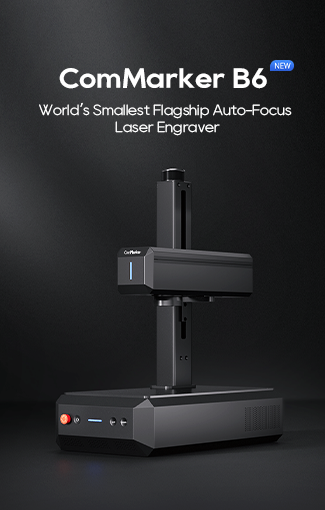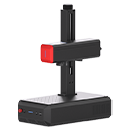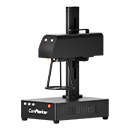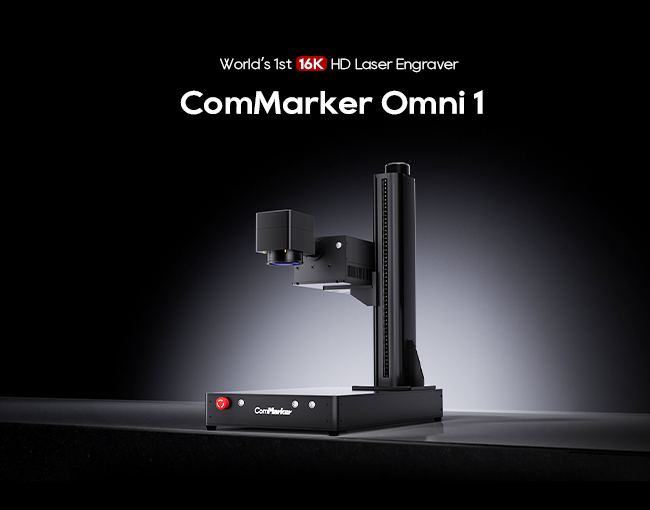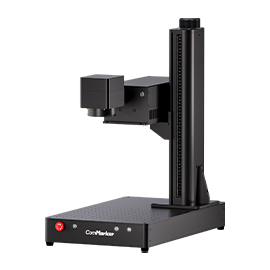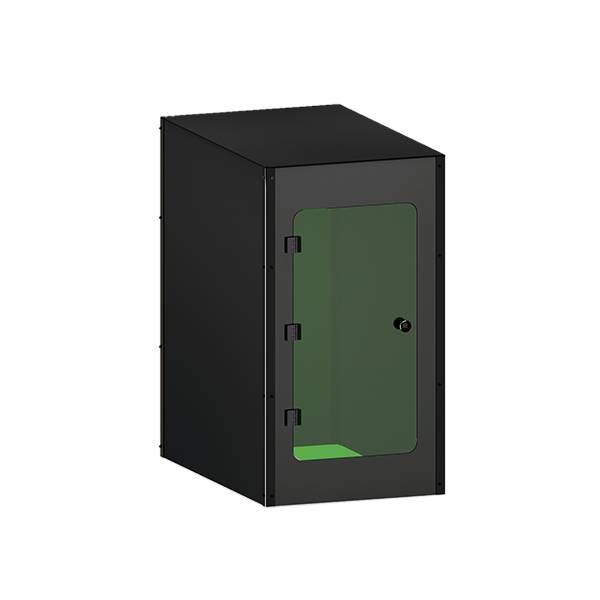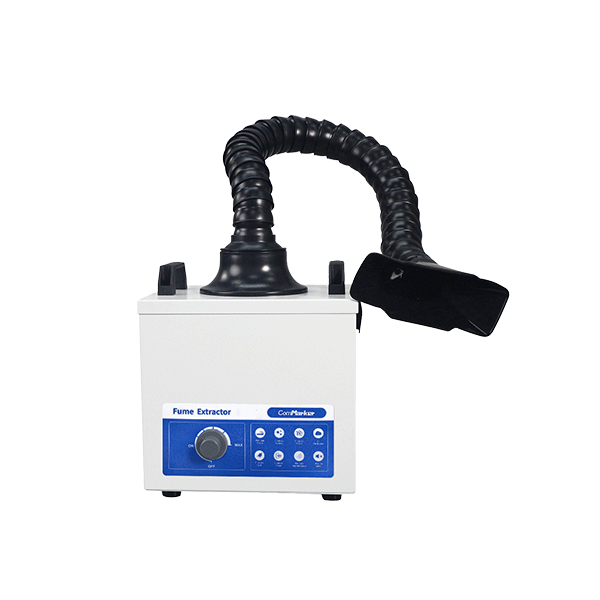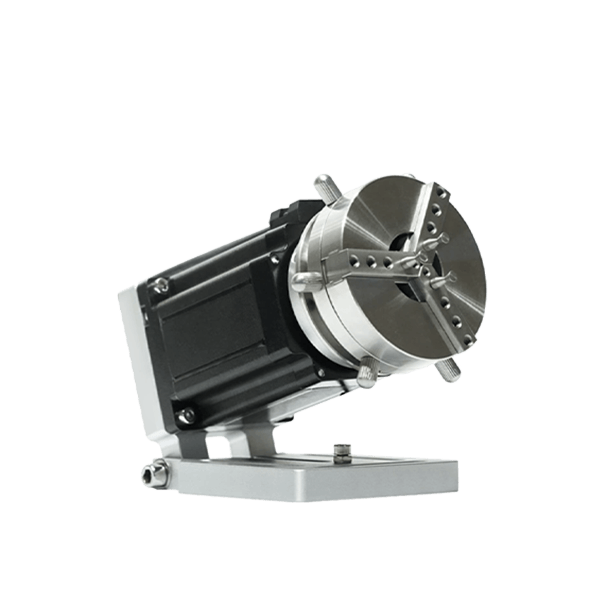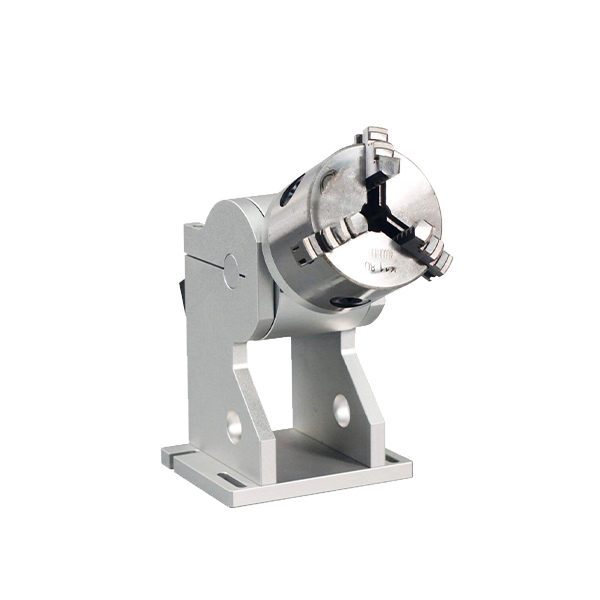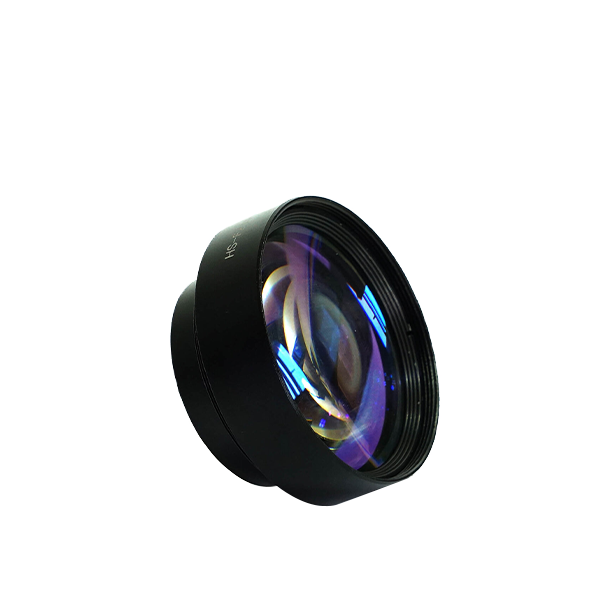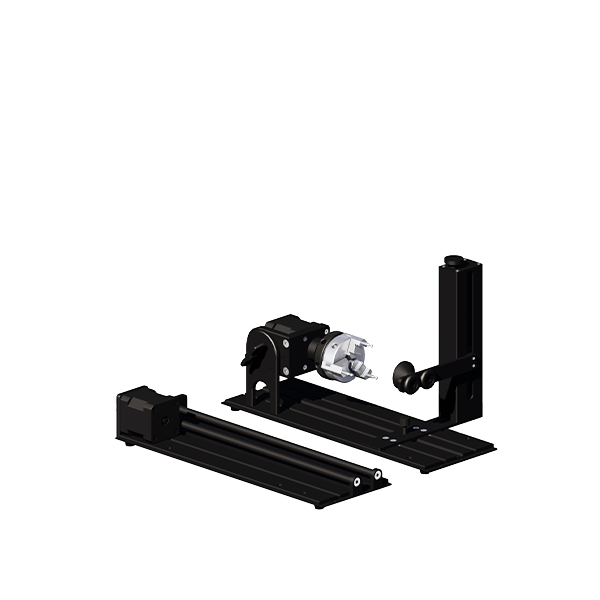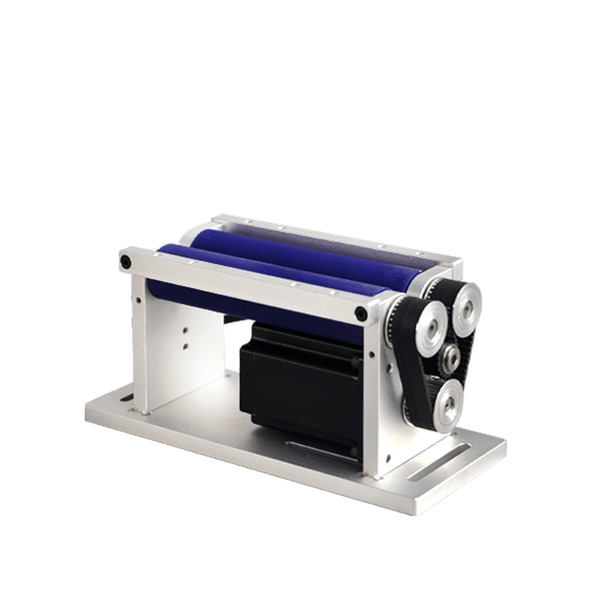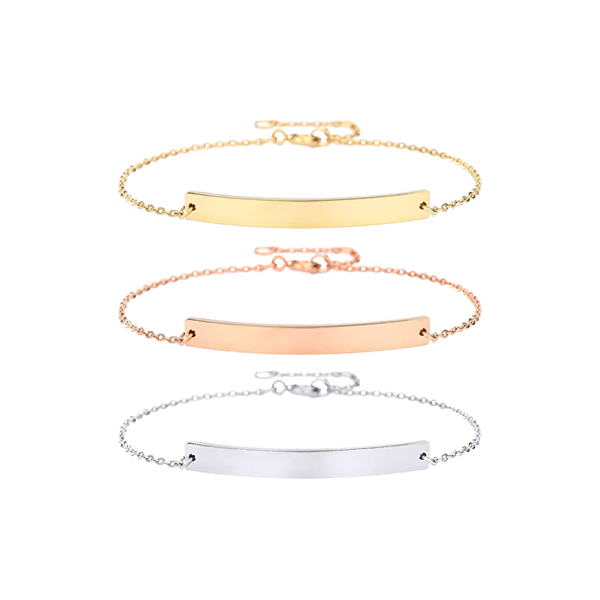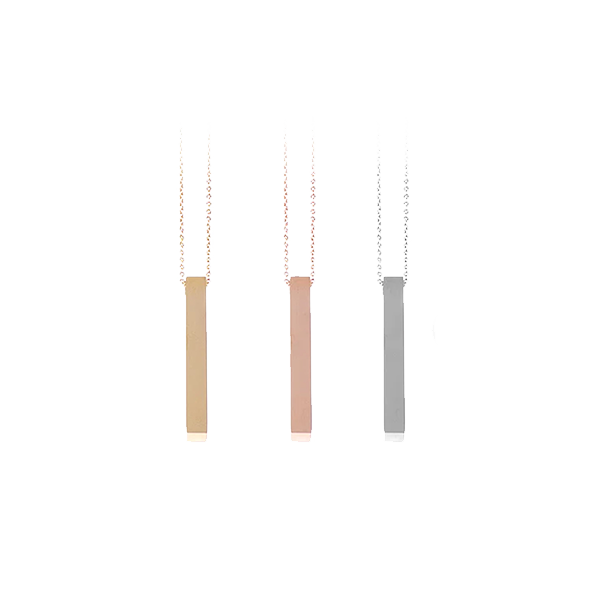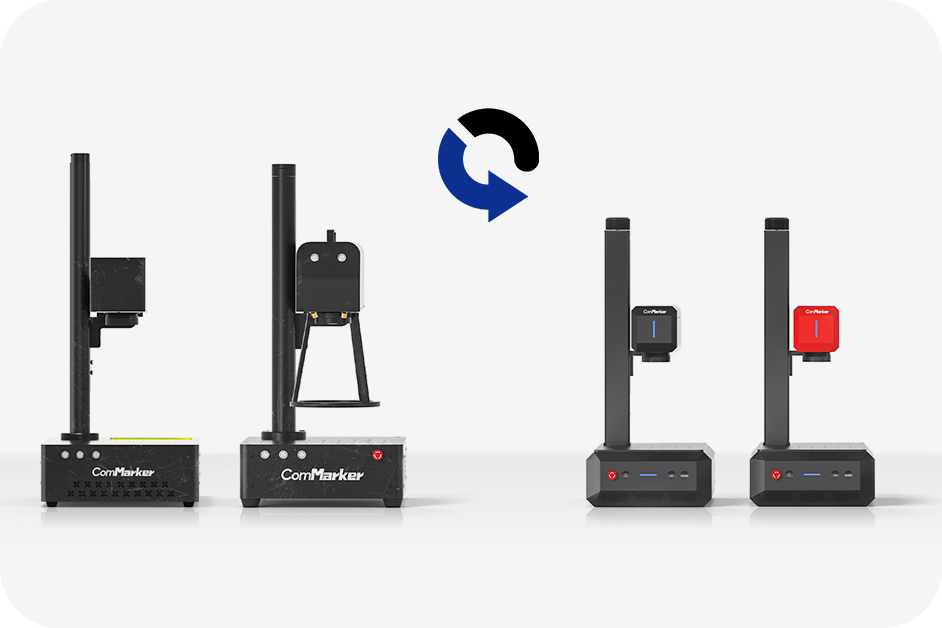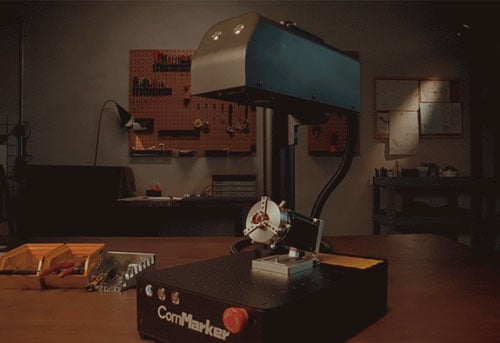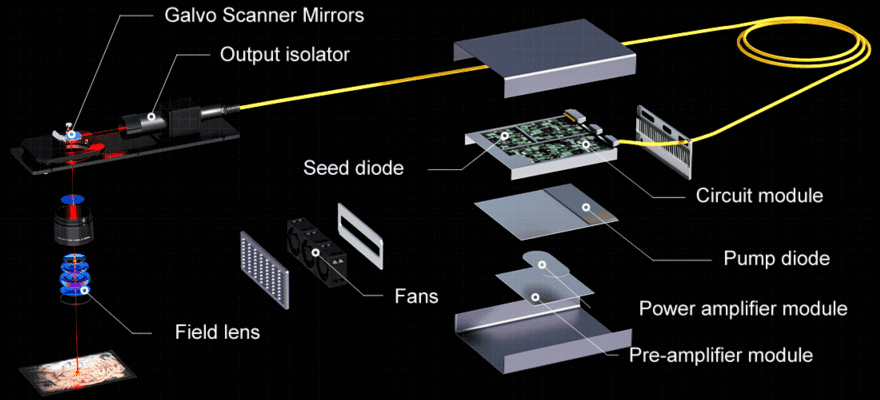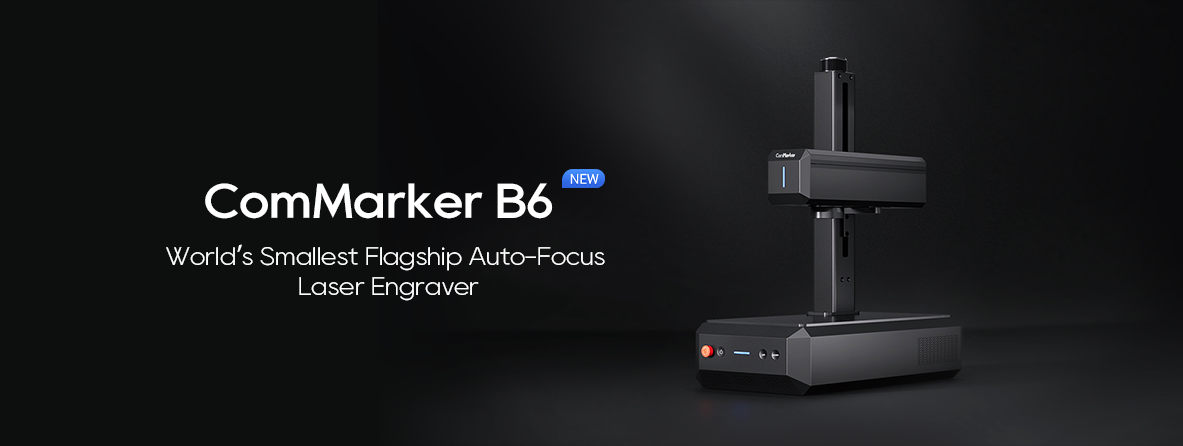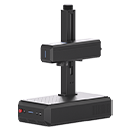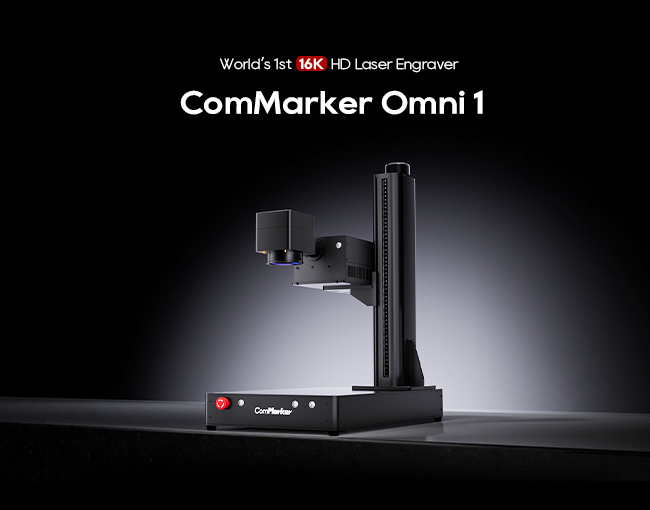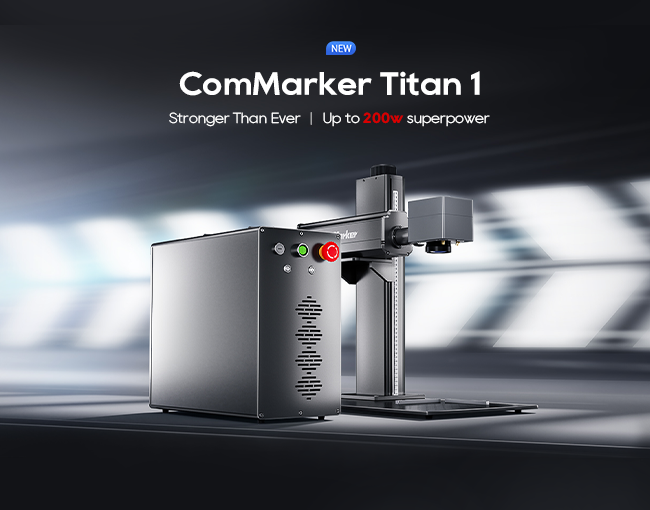ليزر الألياف ذات كفاءة عالية, أدوات دقيقة تستخدم في مختلف الصناعات لمهام مثل القطع, نقش, ووضع العلامات. إن فهم كيفية عملهم يتطلب استكشاف تاريخهم, عناصر, والعلم وراء تكنولوجيا الليزر.
ما هي ألياف الليزر?
ليزر الألياف هي نوع محدد من الليزر حيث يكون الوسط النشط الذي يولد شعاع الليزر عبارة عن ألياف ضوئية. هذه الألياف مخدرة بعناصر أرضية نادرة مثل الإربيوم, الإيتربيوم, أو النيوديميوم, والتي تسمح للألياف بتضخيم الضوء في الداخل. على عكس ليزر ثاني أكسيد الكربون الذي يستخدم الغاز, تعتمد ليزرات الألياف على هذه العناصر لتعزيز الضوء وتوجيهه إلى نقطة دقيقة, شعاع مركز.
متى تم اختراع ليزر الألياف؟? تاريخ الليزر
أساس ليزر الألياف يعود تاريخ هذه التقنية إلى أوائل الستينيات مع اختراع الليزر نفسه. على المدى “الليزر” لتقف على تضخيم الضوء عن طريق انبعاث الإشعاع المحفز, وهو مفهوم أظهره لأول مرة ثيودور ميمان في 1960. في حين أن الليزر المبكر كان يعتمد في المقام الأول على الغاز (مثل ليزر ثاني أكسيد الكربون), تكنولوجيا الألياف الليزرية تم تقديمه لاحقًا, في حوالي الثمانينيات, مع ظهور التقدم في الألياف الضوئية وتعاطي المنشطات الأرضية النادرة. اكتسبت ألياف الليزر شعبية بسرعة بسبب كفاءتها العالية وقلة صيانتها.
كيف يعمل الليزر
يعمل الليزر عن طريق تضخيم الضوء وانبعاثها باعتبارها متماسكة, شعاع عالي التركيز. يبدأ بفوتون يثير الذرات في وسط الكسب (في حالة ألياف الليزر, الألياف الضوئية المطعمة بالعناصر الأرضية النادرة). حيث تعود هذه الذرات إلى حالتها الأساسية, يطلقون الفوتونات, والتي بدورها تحفز المزيد من الفوتونات, إنشاء تأثير متسلسل يعمل على تضخيم الضوء.
أهمية الانكسار
يعد الانكسار أمرًا بالغ الأهمية في تكنولوجيا الليزر لأنه يساعد توجيه الضوء داخل الألياف الضوئية. جوهر الألياف الضوئية, مع معامل انكسار أعلى من الكسوة, يحبس الضوء ويجبره على الانتشار على طول الألياف, حتى حول الانحناءات. يضمن هذا الانعكاس الداخلي الكلي بقاء الضوء محصوراً حتى يخرج كقوة, شعاع مركز.
كيف يتم تضخيم الضوء?
تضخيم الضوء في يحدث ليزر الألياف عندما يتم إدخال الطاقة إلى الألياف من خلال صمام ثنائي للمضخة. هذه الطاقة تثير ذرات الأرض النادرة, مما يؤدي إلى إطلاق الفوتونات. تنتقل هذه الفوتونات عبر قلب الألياف, تحفيز الذرات الأخرى لإطلاق المزيد من الفوتونات في التفاعل المتسلسل, ينتج في النهاية شعاع ليزر مضخم ومتماسك للغاية.
كيف يتم تحويل الضوء إلى شعاع مركز?
بعد التضخيم, يتم موازنة شعاع الليزر وتركيزه باستخدام العدسات. يضمن الموازاة انتقال الضوء في اتجاه موازٍ, بينما تقوم عدسة التركيز بجلب شعاع الليزر إلى نقطة بؤرية ضيقة. هذه الطاقة المركزة تسمح ألياف الليزر لقطع, نقش, أو وضع علامة على المواد بدقة لا تصدق, وخاصة المعادن مثل الفولاذ المقاوم للصدأ أو الألومنيوم.
ما هي أنواع ألياف الليزر؟?
ليزر الألياف يأتي في أنواع مختلفة, كل منها مناسب لتطبيقات مختلفة:
- موجة مستمرة (الأسلحة الكيميائية) ليزر الألياف: تنبعث منها شعاع مستمر من ضوء الليزر, مثالية للقطع أو اللحام.
- ليزر الألياف النبضي: تنبعث منها نبضات الليزر على فترات زمنية محددة, مثالية للمهام الدقيقة مثل وضع العلامات أو النقش.
- موبا (مضخم طاقة المذبذب الرئيسي) ليزر الألياف: توفر هذه المزيد من التحكم في مدة النبض وتردده, تمكين النقش التفصيلي على المواد العاكسة مثل المعادن.
ما الفرق بين ليزر الألياف وليزر ثاني أكسيد الكربون؟?
تختلف ليزرات الألياف وليزر ثاني أكسيد الكربون بشكل كبير من حيث آلياتها التشغيلية وتطبيقاتها. ليزر ثاني أكسيد الكربون استخدم الغاز (ثاني أكسيد الكربون) كوسيط ليزر, مما يجعلها ممتازة لقطع المعادن غير مثل الخشب, أكريليك, أو البلاستيك. لكن, إنهم يكافحون مع المعادن. ليزر الألياف, على الجانب الآخر, هي أكثر ملاءمة للتطبيقات المعدنية بسبب طولها الموجي الأقصر (~1.06 ميكرومتر), والتي يتم امتصاصها بشكل أكثر فعالية من قبل الأسطح المعدنية. بالإضافة إلى ذلك, تميل ليزرات الألياف إلى الحصول على كفاءة أعلى في استخدام الطاقة ومتطلبات صيانة أقل مقارنةً بليزر ثاني أكسيد الكربون.
ما هو حفارة الألياف بالليزر?
أ حفارة ألياف الليزر هي آلة متخصصة تستخدم تقنية ألياف الليزر لوضع علامات على مواد مختلفة أو نقشها, وخاصة المعادن. دقتها تجعلها مثالية للتصاميم المعقدة, الأرقام التسلسلية, الرموز الشريطية, والشعارات على عناصر مثل المجوهرات, أدوات, والمكونات الصناعية. على عكس طرق النقش التقليدية, أ حفارة ألياف الليزر يستخدم نهج عدم الاتصال, تقليل التآكل مع ضمان التفاصيل, النقوش الدائمة.
كم من الوقت يستمر ليزر الألياف؟?
واحدة من المزايا الهامة لليزر الألياف هي عمرها التشغيلي الطويل. في المتوسط, يمكن أن يستمر ليزر الألياف 50,000 ل 100,000 ساعات قبل أن تحتاج أي مكونات رئيسية إلى الاستبدال. يجعل طول العمر هذا من ألياف الليزر موثوقة للغاية وفعالة من حيث التكلفة مع مرور الوقت, خاصة بالمقارنة مع أنواع الليزر الأخرى التي قد تتطلب صيانة متكررة.
ما هي مكونات ألياف الليزر؟?
يتكون ليزر الألياف النموذجي من المكونات الرئيسية التالية:
- ديود المضخة: يزود الطاقة التي تثير الذرات الموجودة في الألياف الضوئية.
- الألياف الضوئية: مخدر بالعناصر الأرضية النادرة مثل الإيتربيوم أو الإربيوم, تعمل هذه الألياف على تضخيم الضوء.
- مرنان: المرايا التي تعكس الضوء ذهابا وإيابا, زيادة كثافته.
- عدسة ميزاء/تركيز: يستخدم لتوجيه وتركيز شعاع الليزر على قطعة العمل.
- نظام التبريد: ضروري لإدارة الحرارة المتولدة أثناء عملية الليزر, ضمان تشغيل النظام بكفاءة.
ما هي معلمات الليزر?
يمكن تعديل أداء ليزر الألياف عن طريق تعديل المعلمات المختلفة, مشتمل:
- انتاج الطاقة: تقاس بالواط, يحدد مقدار الطاقة التي ينبعثها الليزر.
- مدة النبض: في الليزر النبضي, يشير هذا إلى المدة التي تستغرقها كل نبضة ليزر.
- تكرار: عدد نبضات الليزر المنبعثة في الثانية الواحدة.
- جودة الشعاع (عامل م²): يحدد مدى تركيز شعاع الليزر, مما يؤثر بشكل مباشر على دقة عملية النقش أو القطع.
كم تبلغ تكلفة آلة الوسم بليزر الألياف?
سعر أ آلة وسم الألياف بالليزر يختلف تبعا للقوة, سمات, والعلامة التجارية. على سبيل المثال, ال كومماركر B4 حفارة ألياف الليزر متوفر في نماذج مختلفة, بأسعار تتراوح عادة من $1,000 ل $8,000 اعتمادا على القوة الكهربائية والملحقات الإضافية. ال ب4-60 واط يوفر الطراز قوة ودقة أعلى لقطع المعادن السميكة, بينما ب4-20 واط يعد الطراز خيارًا أكثر بأسعار معقولة لمهام النقش التفصيلية.
ماكينة نقش ألياف الليزر B4 20W JPT MOPA
محمول & بسعر معقول: آلة نقش الألياف بالليزر B4 MOPA 20W, يزن 18 كجم بأبعاد مدمجة. الرفع الكهربائي: محرك مدمج للتركيز الدقيق. النقش متعدد الاستخدامات: الألوان على الفولاذ المقاوم للصدأ, أبيض وأسود على الألومنيوم, بالإضافة إلى النقش العميق ثلاثي الأبعاد على المعدن والصخور. منطقة عمل واسعة: عدسات مزدوجة (110مم, 200مم) مع معايرة النقطة الحمراء الدقيقة. معزز…
أين يمكن شراء آلة التحديد بالليزر الليفي?
إذا كنت تتطلع لشراء موثوقة آلة وسم الألياف بالليزر, كومماركر B4 يقدم خيارات عالية الأداء مناسبة لكل من الشركات الصغيرة والاستخدام الصناعي. يمكنك شراء سلسلة ComMarker B4 مباشرة من المسؤول موقع كومماركر, حيث يمكنك استكشاف نماذج مختلفة مثل B4-60W وB4-20W. تتوفر هذه الآلات أيضًا على منصات التجارة الإلكترونية أو من خلال الموزعين المعتمدين.




